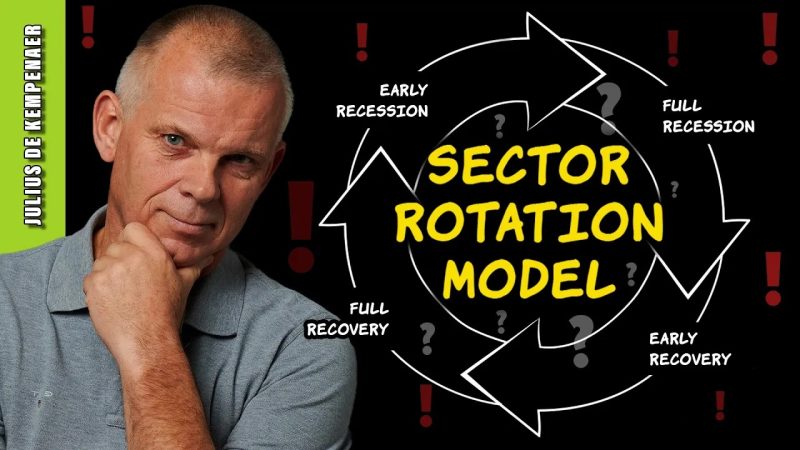Sector Rotation Model Flashes Warning Signals
The concept of sector rotation is a key strategy employed by many investors to capitalize on changing market conditions. By shifting investments from one sector to another based on economic trends and market cycles, investors seek to outperform the broader market. However, as with any investment strategy, there are risks involved, and it is essential to stay vigilant for warning signals that could indicate potential downturns or volatility.
One potential warning signal that investors should be aware of is when a sector rotation model starts to flash signs of weakness. These models analyze the performance of various sectors and industries to identify trends and potential opportunities for rotation. When these models begin to show consistent underperformance or negative trends in key sectors, it could signal that a broader market correction or downturn may be on the horizon.
For example, if the technology sector, which has been a major driver of market gains in recent years, starts to show signs of weakness or underperformance compared to other sectors, it could be a warning sign for investors. A sustained period of underperformance in the technology sector could indicate that investors are becoming more risk-averse or that valuations are becoming stretched, potentially leading to a broader market sell-off.
Another warning signal to watch for in sector rotation models is when defensive sectors, such as utilities, consumer staples, and healthcare, begin to outperform more cyclical sectors like technology, consumer discretionary, and industrials. Historically, defensive sectors tend to outperform during periods of economic uncertainty or market volatility, as investors seek stability and reliable returns.
Additionally, changes in interest rates and bond yields can also impact sector rotation models and signal potential warning signs for investors. Rising interest rates can negatively impact sectors such as real estate and utilities, which are sensitive to borrowing costs and tend to underperform in a high-interest rate environment. Conversely, sectors like financials and materials may benefit from rising rates, leading to shifts in sector performance and rotation opportunities.
It is crucial for investors to monitor sector rotation models and pay attention to warning signals that could indicate potential market shifts. By staying informed and proactive, investors can better position themselves to navigate changing market conditions and adjust their portfolios accordingly. Remember that no investment strategy is foolproof, and it is essential to diversify your investments and consult with a financial advisor to ensure that your portfolio aligns with your financial goals and risk tolerance.


























